Description
What is NAD+ and Its Molecular Composition?
Nicotinamide adenine dinucleotide, commonly known as NAD+, is a vital coenzyme present in all living cells. It plays a crucial role in various biochemical processes, particularly in oxidation-reduction (redox) reactions, which are essential for energy metabolism. This coenzyme exists in two forms: the oxidized form (NAD+) and the reduced form (NADH). The interconversion between these two states is key to cellular respiration, as it facilitates the transfer of electrons in metabolic pathways, including glycolysis, the citric acid cycle, and oxidative phosphorylation.
The molecular composition of NAD+ includes two main components: nicotinamide and adenine. Nicotinamide, a derivative of vitamin B3, is responsible for the molecule’s electron-carrying capabilities. It allows NAD+ to participate efficiently in oxidation-reduction reactions, accepting and donating electrons as needed during cellular metabolism. Adenine, a nitrogenous base, is crucial as it forms part of the nucleotide structure, connecting with ribose to constitute the nucleotide framework of NAD+. The combination of these components gives NAD+ its unique structure and functionality within the cell.
Furthermore, NAD+ is not only critical for maintaining energy levels but also for various cellular processes including DNA repair, cell signaling, and the regulation of metabolic pathways. Its role in these functions underscores why obtaining NAD+ of at least 99% purity is essential for research purposes. When studying NAD+, it is vital to ensure that the sample used does not contain impurities that could introduce confounding variables, potentially skewing experimental results. Researchers strive for high purity levels to accurately assess the effects and mechanisms of NAD+ in various biological contexts.
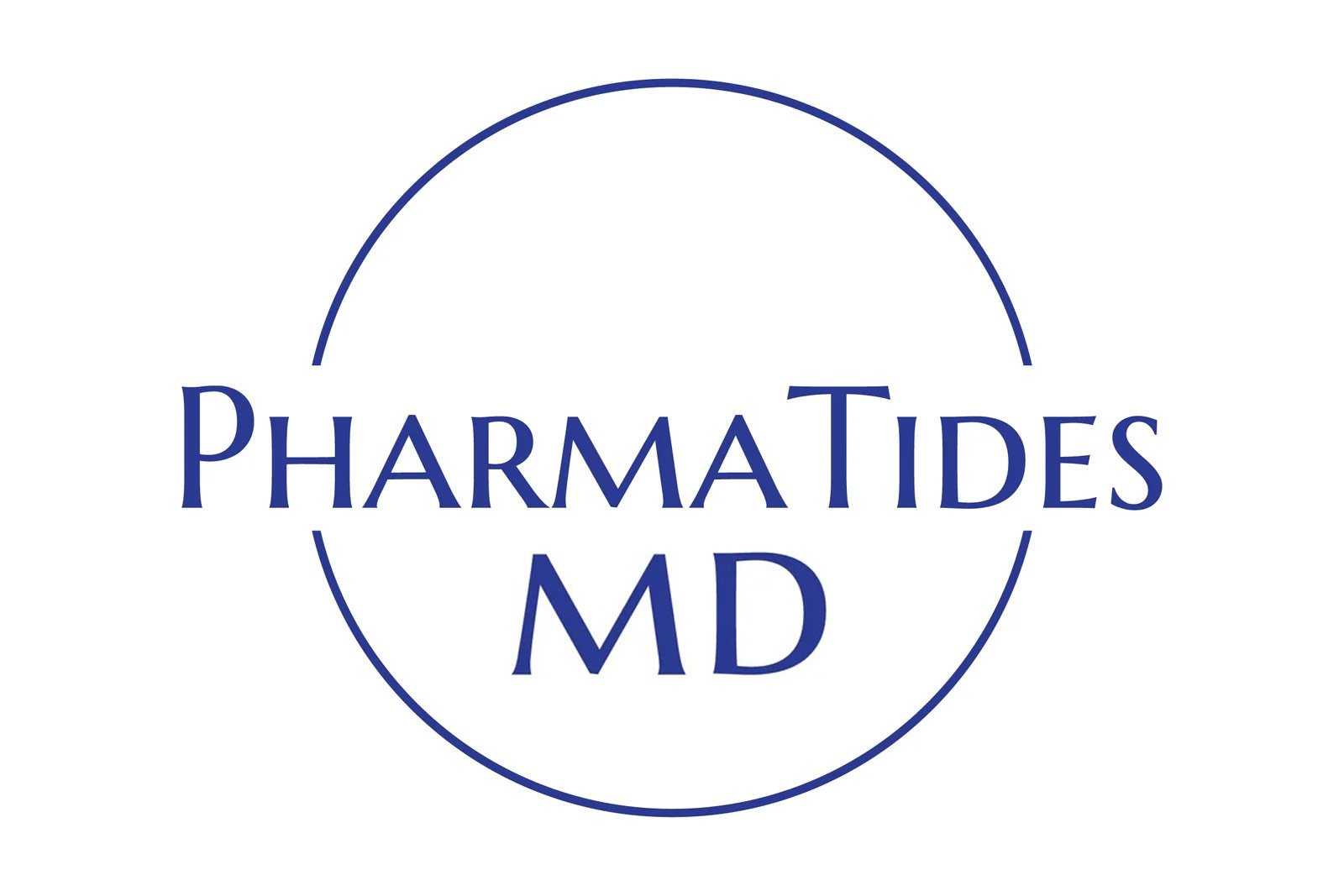
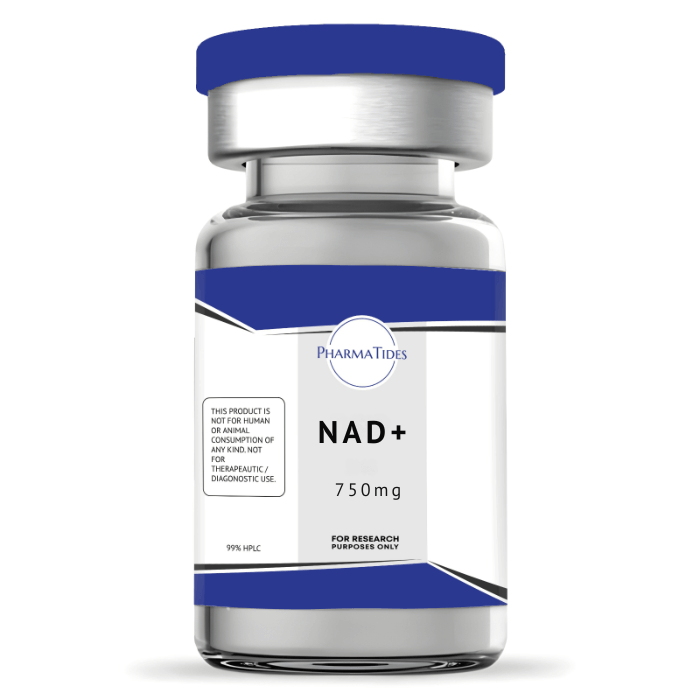
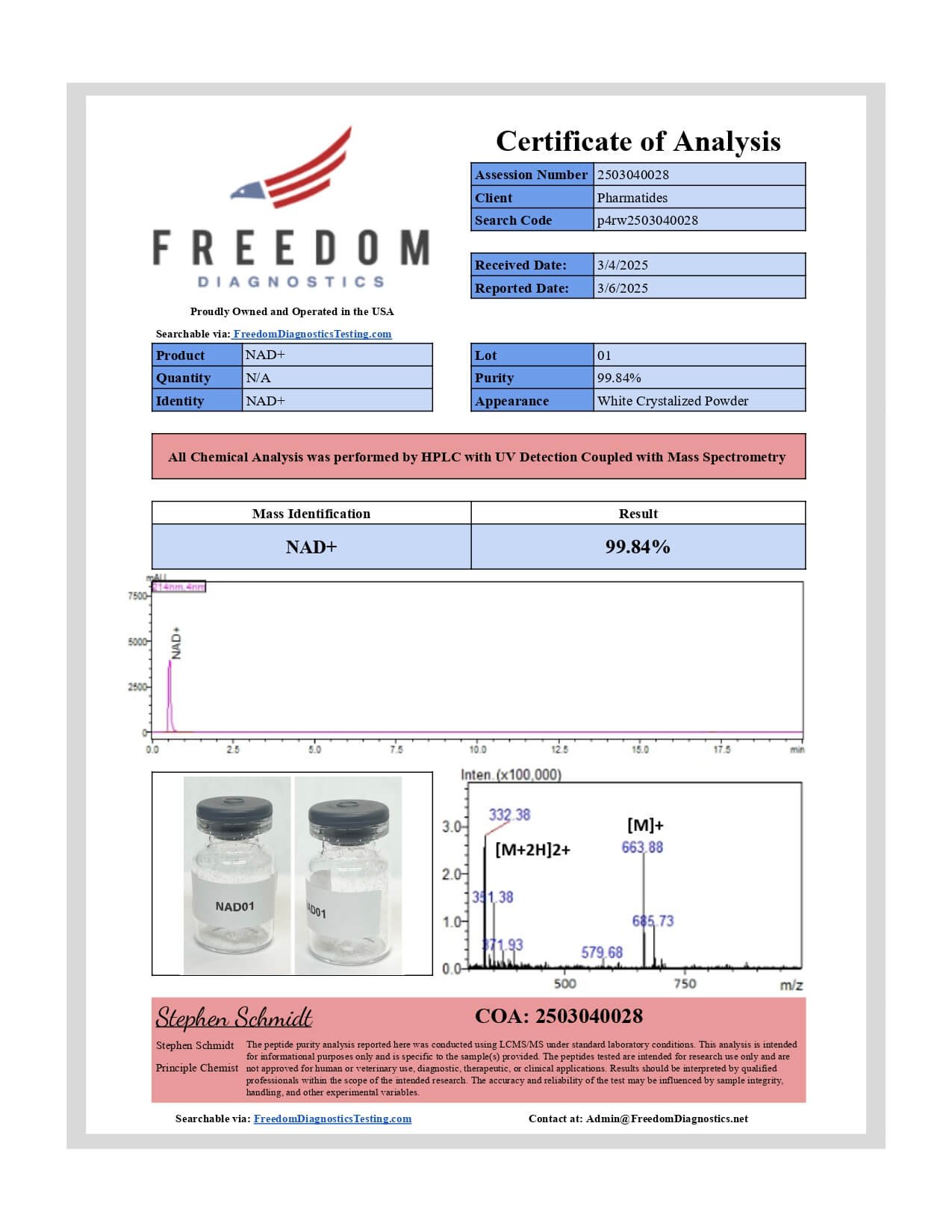
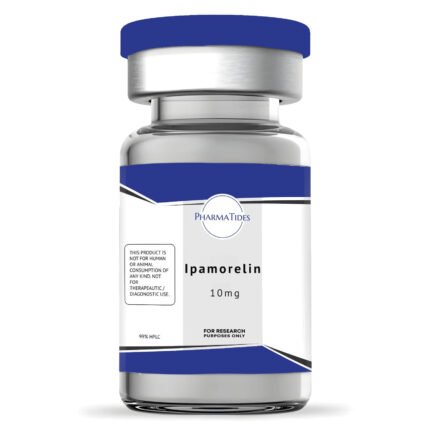
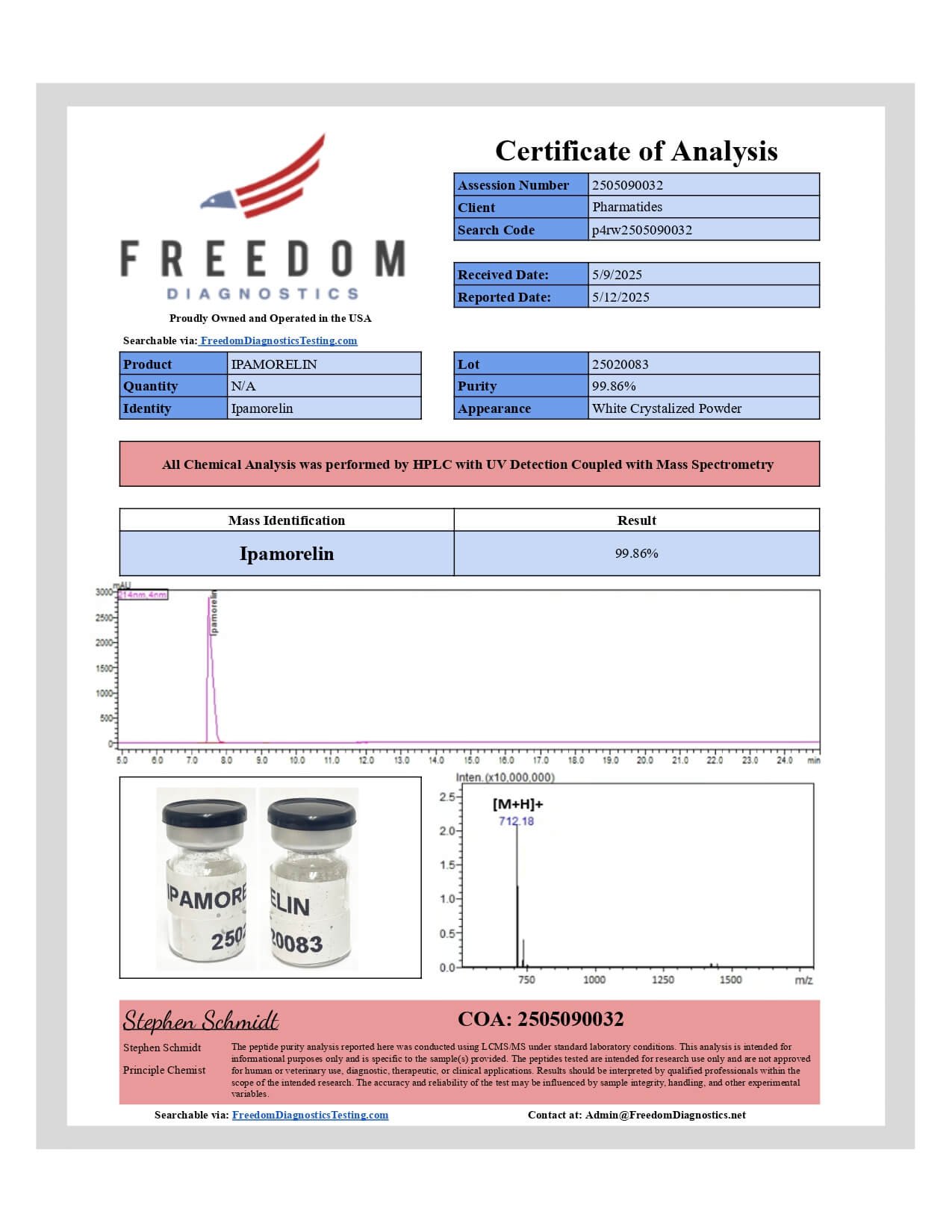
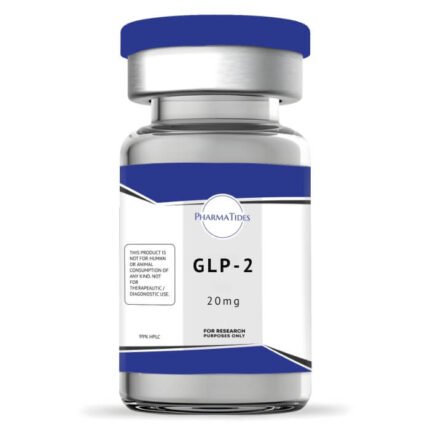
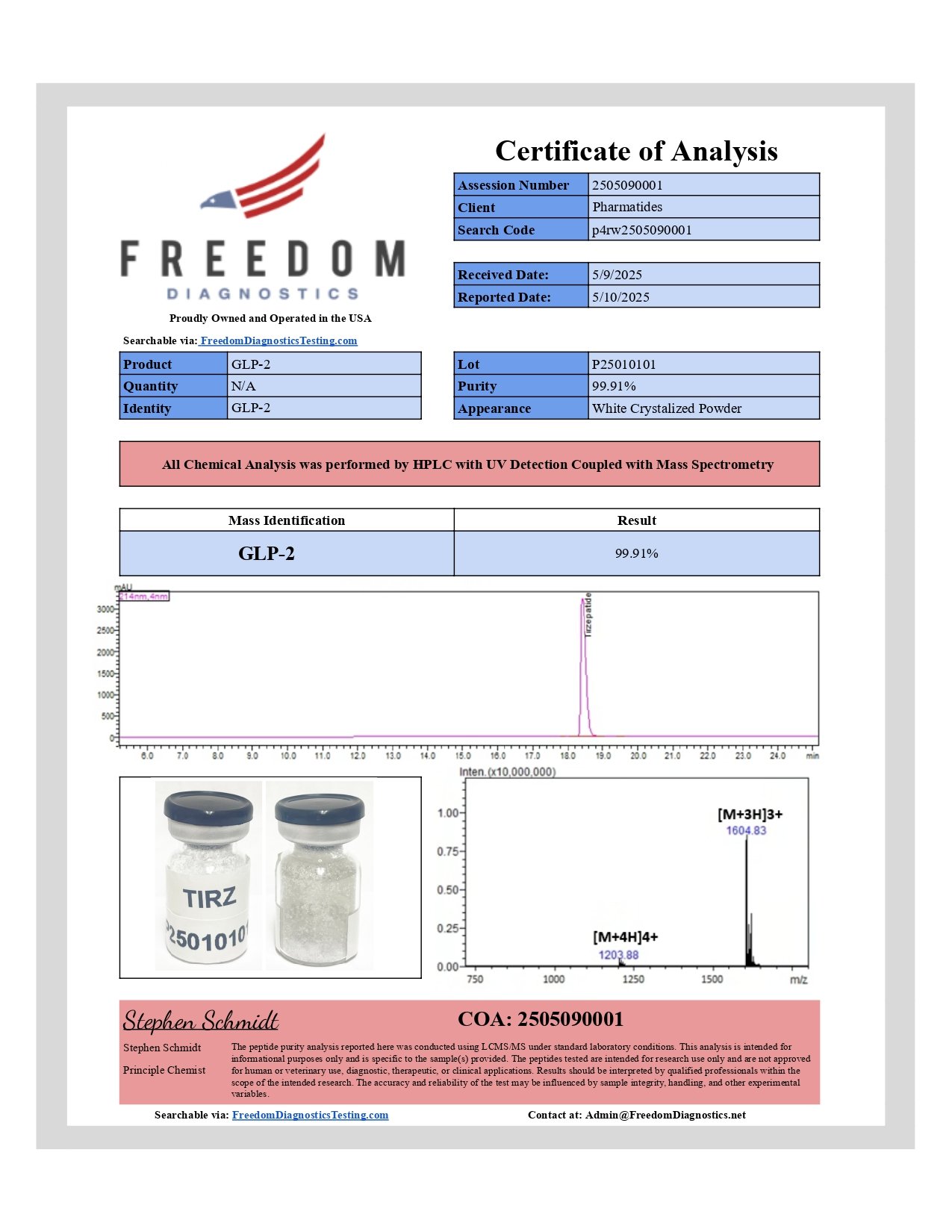
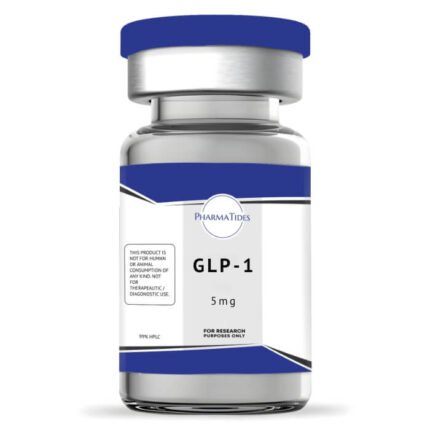
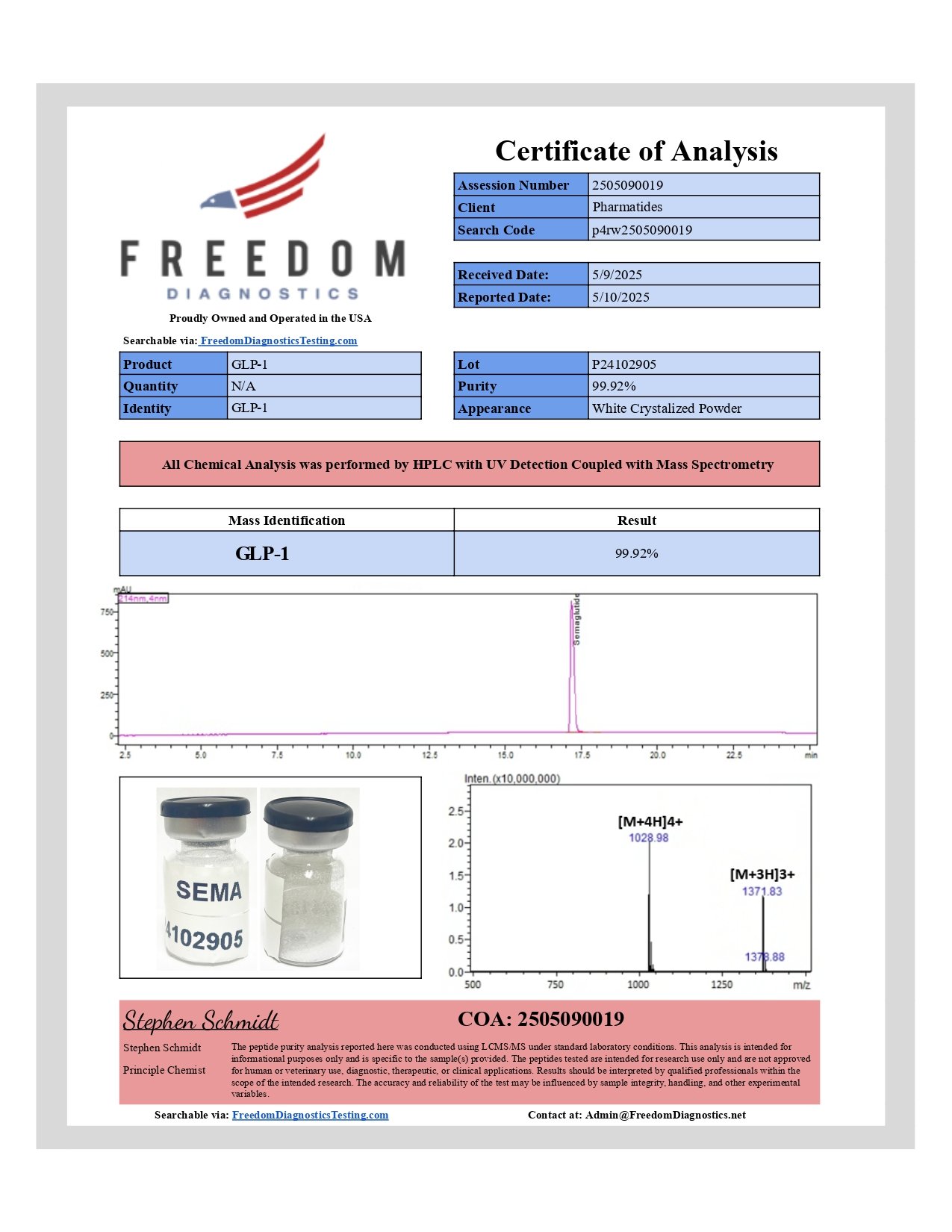
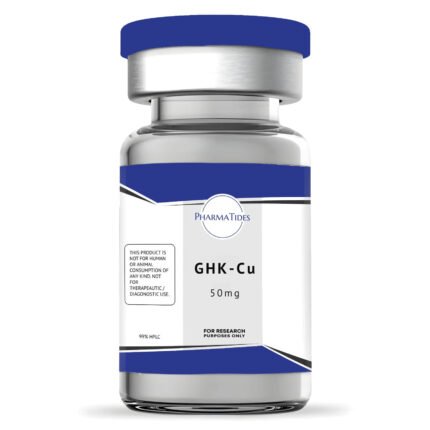
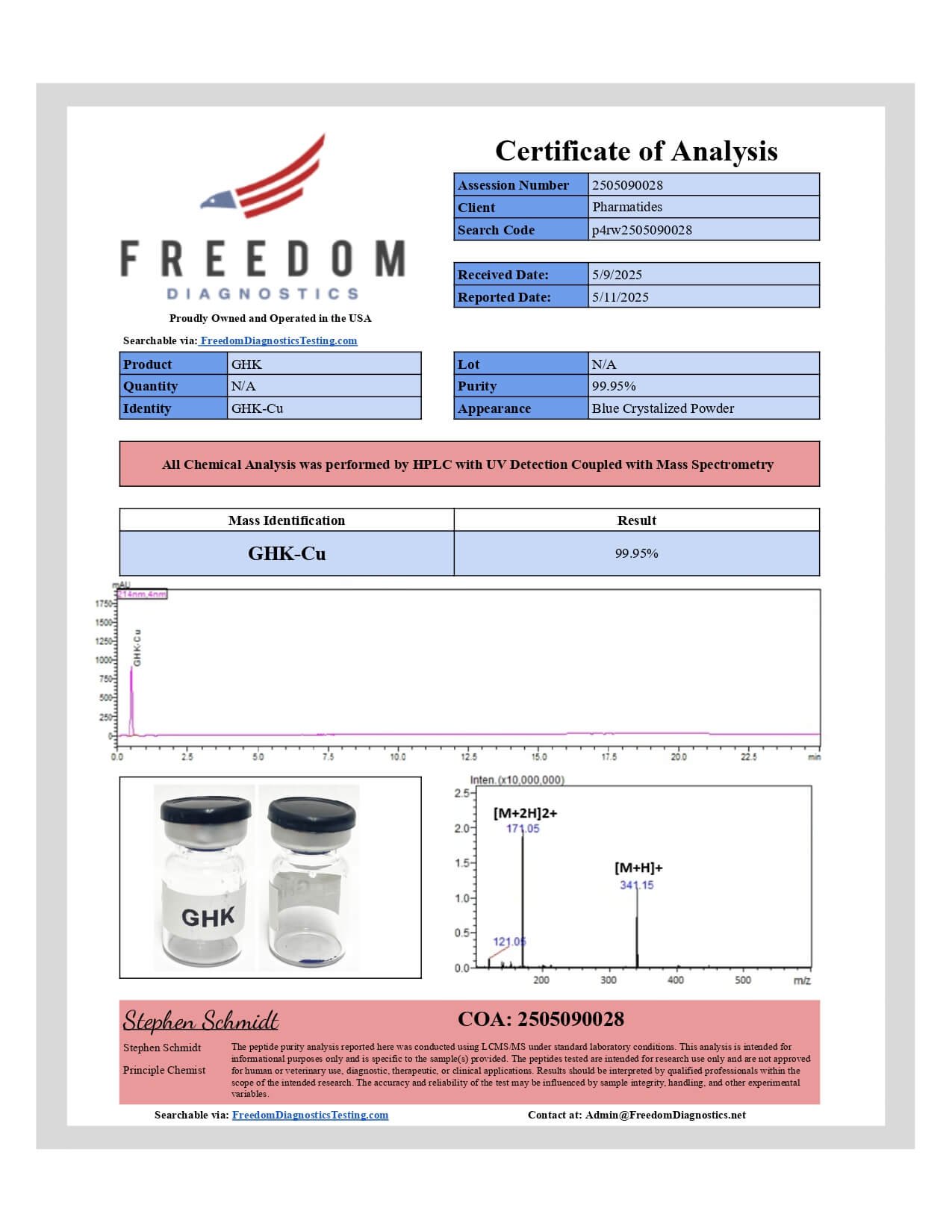
There are no reviews yet.